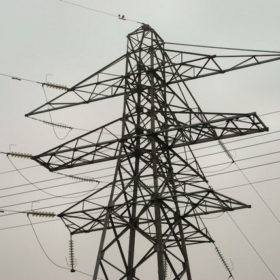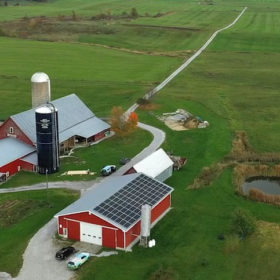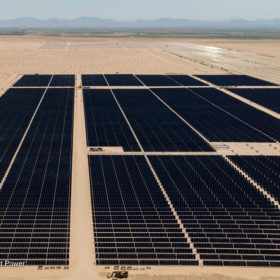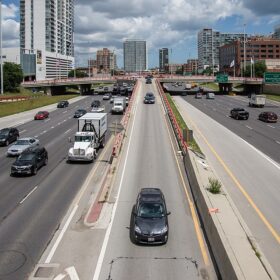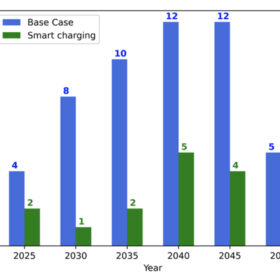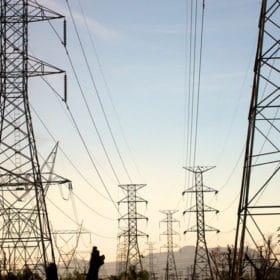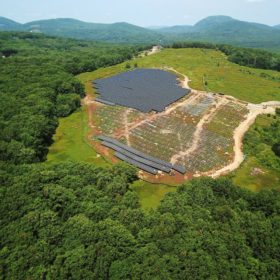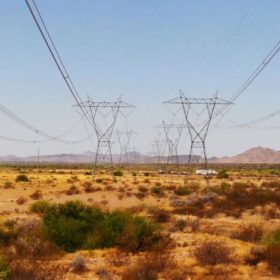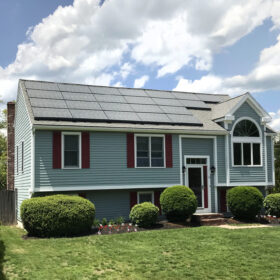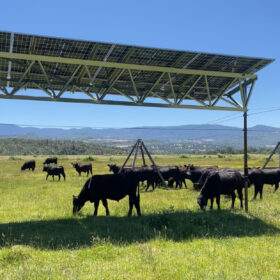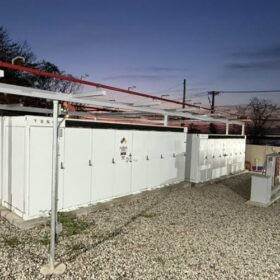Federal grants of $4.6 billion available to states aiming to model a clean energy grid
The Clean Energy States Alliance has published a report giving an overview on modeling a transition to a clean energy grid, while NREL has discussed its free modeling resources in a webinar.
USDA’s $9.7 billion for rural co-ops could leverage 20 GW of clean energy
The nonprofit RMI says that $9.7 billion for rural electric cooperatives under the Inflation Reduction Act could leverage 20 GW of solar, wind and storage capacity. The U.S. Department of Agriculture hopes to begin obligating funds by September.
CAISO interconnection improvements proposed by SEIA, CESA, and CalCCA
The trade groups proposed interconnection process improvements including more transparency on available and planned transmission, incorporating best practices of other grid operators, and raising the grid management fee to pay for additional staff.
1700 GW of solar, wind and storage await interconnection, up 28% in a year
Just 86 GW of fossil capacity awaits interconnection.
Bill Gates funds advocacy for siting new transmission along highways
The advocacy group NextGen Highways has found that Minnesota voters favor using highways for transmission. With funding from Breakthrough Energy, an initiative of philanthropist Bill Gates, the group plans to launch state and national advocacy coalitions.
Scheduled home charging of EVs could expand EV hosting capacity
Scheduled home charging of EVs reduces the cost for hosting more electric vehicles on a utility’s distribution circuit, according to a national laboratory analysis.
50 GW of solar and storage for TVA by 2035, plus EVs could save customers money
A clean energy plan for TVA sponsored by the Center for Biological Diversity and GridLab could save customers about $200 billion through 2050. It calls for almost four times more solar by 2035 than the maximum amount TVA was considering last year.
PJM projects 48 to 94 GW of renewables will be built in the grid region by 2030
The grid operator’s projected 5% “completion rate” for projects in its interconnection queue was questioned by executives at the renewables trade group ACORE and the consultancy GridLab.
U.S. added 6.4 GW of small-scale PV last year
Small-scale PV additions last year exceeded additions in 2021 by 1 GW, and additions in 2020 by 2 GW.
U.S. needs 47,000 more GW-miles of transmission by 2035 for a cleaner grid
The U.S. Department of Energy said it may designate “National Interest Electric Transmission Corridors” based partly on the final results from its national transmission needs study.
